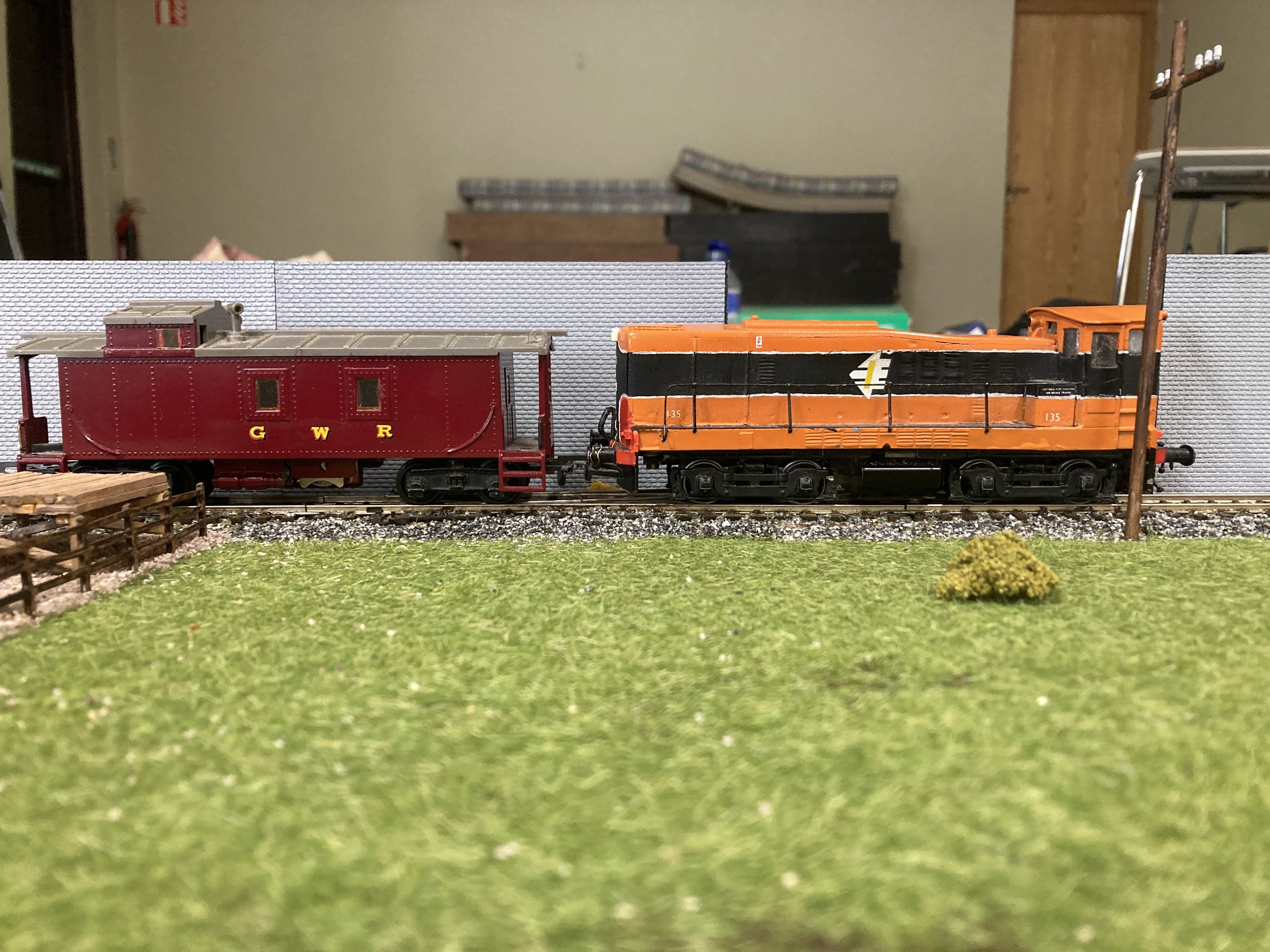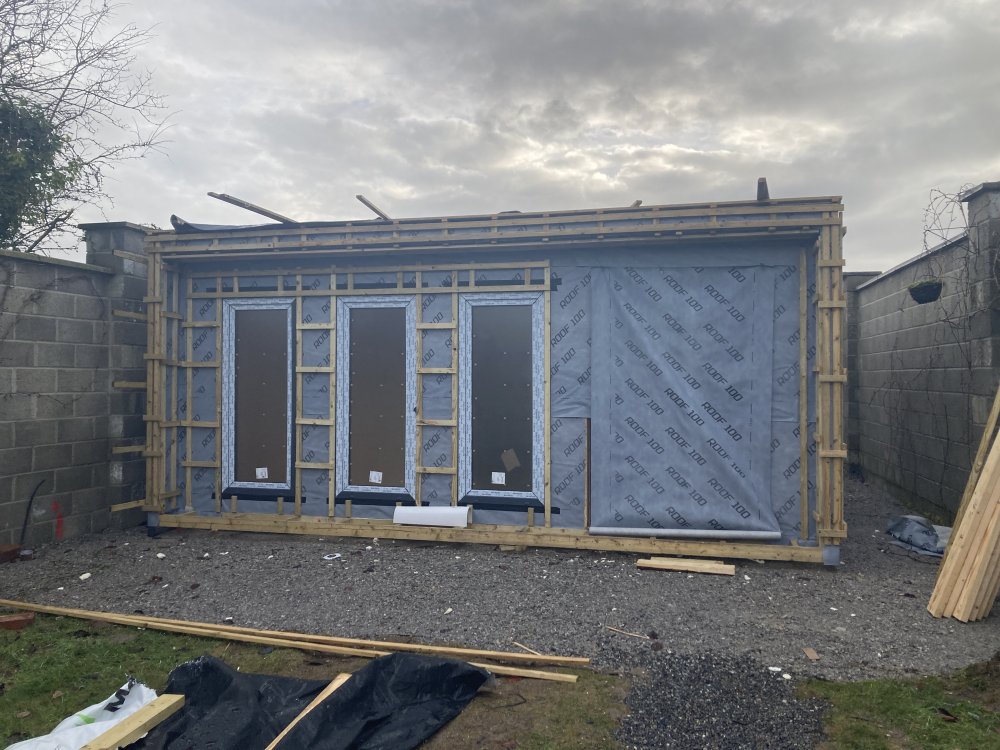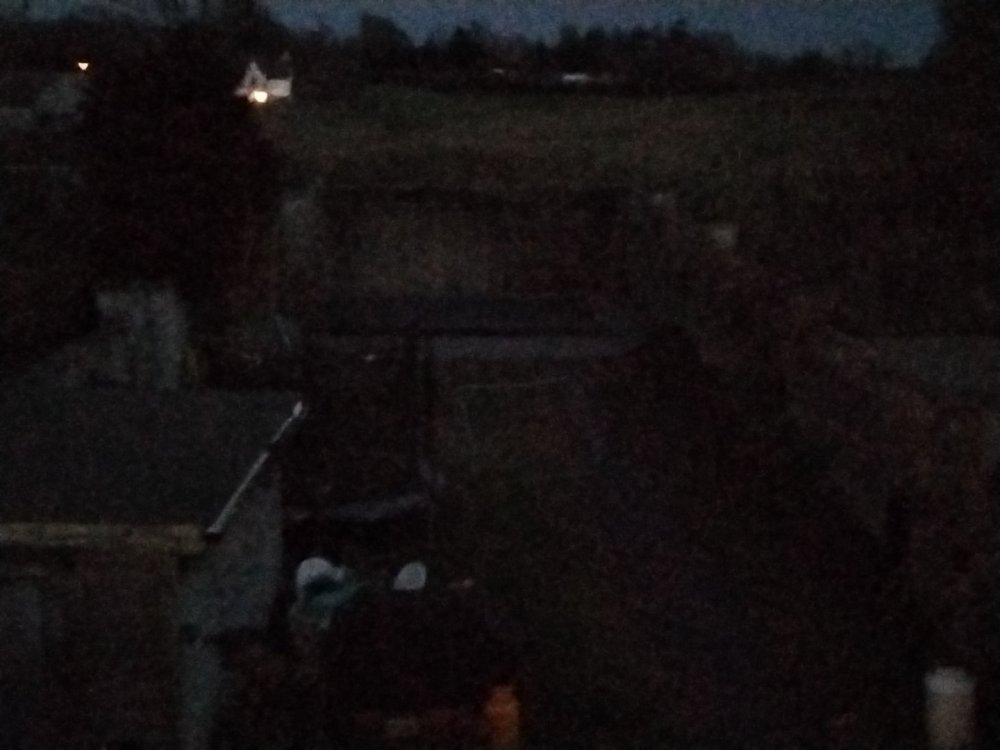-
Posts
682 -
Joined
-
Last visited
-
Days Won
3
LNERW1 last won the day on June 8 2024
LNERW1 had the most liked content!
About LNERW1
- Birthday September 22
Personal Information
-
Location
Laois
Converted
-
Biography
Not much yet.
Have lived in dublin and laois.
Cover pic courtesy of @irishswissernie.
About as reliable as a 90s Lada.
Converted
-
Interests
Too much, and I know nothing about any of them.
Converted
-
Occupation
Too young to have ever had a job but volunteering at my local railway- give it a go, it’s great fun
Recent Profile Visitors
15,103 profile views
LNERW1's Achievements
-

Metro Dublin metro procurement to begin this year
LNERW1 replied to spudfan's topic in What's happening on the network?
What's hilarious is that a review can't do anything to stop what they're complaining about- it only checks whether the process of granting permission was fair, not anything to do with the plan itself. NIMBYism seems to be a sport intellectually on par to beating each other to death with rocks while grunting furiously. -
DuckDuckGo over Google any day! I’ve found it works a lot like Google about 5 years ago, so much reduced AI search results, plus much better privacy. 60E1 is 60kg/m isn’t it? About 120lb/yd again if my maths is right.
-
There are countless, all for different purposes (rural, industrial, main line, finescale), and it should be noted that the two scales are separate as far as FREMO are concerned- the organisation is very concerned with accuracy, the main attraction is that you can run trains for realistic distances, build stations to scale etc so mixing scales would be pretty counterproductive to that. I’d direct you to the official website for any standard you may wish to use: https://www.fremo-net.eu/en/modulsysteme (it will probably be set to German, the language selector is at the top left of the site). As I’ve said, I’m using the HO scale Hauptbahn double-track standard, for maximum compatibility, but please note if anyone’s interested in building compatible modules, it will be functionally 00 gauge, with Peco code 100 track and, until I can hard wire all my old stock to DCC, will probably have to be DC 12V, but if someone wants a DCC compatible layout I can try that and just use my modern locos with chips (although I would also have to fit them first )
-
A combination of price, more track geometry generally being available, and the need for FREMO to be super compatible, and allow for as much stock as possible. The first I think is pretty important, code 75 being a little more expensive is all well and good on a 4ft long layout, but if it's a 2km (yes, real kilometres) long FREMO layout that adds up to a huge extra expenditure. Code 100 looks fine anyway, and in my opinion actually looks better for modern image. A lot of the rail at Stradbally, where I volunteer, came from CIÉ (not new though) in the early 70s and are 74lb. Most rail on the IÉ network now is around 104lb. Taking into account width, it's a pretty close increase, but that's assuming code 75 is a good representation of 74lb rail or around that. But suffice to say code 100 is actually fine and a better solution in this case. But I see why people go for code 75 when they can.
-
If anyone is interested in an Irish modular, I'm using the FREMO Hauptbahn standard- PM me! I personally think it's a great solution to the difficulty of creating clubs in a country with a sparse enthusiast population. Apart from the Polish layout FREMO Ireland have, I believe the SDMRC also has the beginnings of a GWR Hauptbahn-standard layout, however I believe theirs has code 75 track whereas I plan on using code 100. @Jack_Dunboyne can correct me but I believe FREMO Ireland also use Peco code 100 on their layout.
-
The garden room was a significant investment, so the baseboards on top of that won’t be a huge cost comparatively. The room also needs to be available as a spare room from the start since we’re hosting family soon, so a semi permanent solution won’t work. As for running out of enthusiasm or getting distracted, I’m not particularly concerned about that. I’m going to be putting a lot of very careful thought into the track plan so it doesn’t get boring, and as far as prototype goes, I don’t really have one in mind- not even a particular country, so changing interests shouldnt be an issue. Most of it will be open main line anyway so anything Irish and most things British will look fine on it. And keep in mind, it’s FREMO. I can swap modules out easily and quickly if I want to put in a new one. I also need the space for filming something- before you say anything DJ, it’s NOT amateur porn, I have a long term film project I want to release around 2029 or 2030, but I don’t entirely trust myself to follow through and it’s not super relevant here so I’m saying nothing about it. Anyway, here’s the garden room: 78549905606__CABDA52A-C508-4D28-8059-B2B9DB442E84.MOV
-
I believe the room is around 4mx8m and i have not gotten through to the baseboard guy yet (dont worry its not the MRB guy)
-
I did, 'tis a garden room Half needs to be usable as a spare room, so I'm using the brilliant FREMO system and making it modular. Most of the time it will be a 100% railway room, but I can take down one corner in just a few minutes and it can be used as a guest room. It'll house a folded double track loop, made up of two C-shaped or L-shaped halves, connected by a helix at either end. The helixes are not portable, as the plan is to make it possible to exhibit the layout with the two halves connected on the flat. There'll also be a few junction modules (custom made with FREMO dimensions and endplates on the main line ends so as to be compatible with the rest of the layout) one to connect Ardree in to the main layout. However, there'll be one or two other small terminus layouts connected as well- but that's a story for another day!
-
I had to run out and film it on my (not very good) phone, in about -1 or -2 degrees, at 9pm, in November, in my jim jams. I could see my own breath better than the garden room! And it's too dark now to get anything better. I'll be back with a picture in the morning, hopefully.
-
WhatsApp Video 2025-11-20 at 20.44.15_9ad4a29b.mp4 New railway room!
-
I think at this point market saturation genuinely doesn't count when it's Accurascale because it's a given the product will be genuinely really good, fairly priced, sell out fast, and devalue other models, benefiting their buyers too. Unfortunately I don't have the disposable income to buy any RTR gronks models full stop so it's a moot point in my case... but best of luck, not that AS need it.
-
-
I like the helix, I am planning on using two myself on my home layout. What radius track have you used, and what is the gradient?
-
Glad I could be of help. Hopefully it runs smoothly enough for your purpose.
.png.c363cdf5c3fb7955cd92a55eb6dbbae0.png)











